- Forest mouse
- Forest mouse lifestyle
Rodents are pests. They destroy seeds and trees, spoil food stored in pantries and barns, and suffer serious diseases. Forest mouse is no exception. And although the animal rarely lives next door to a person, it does no less harm than its counterparts - field and house mice.
What does it look like
Forest mice are larger than rodents living next to humans. Their body size reaches 10 centimeters in length, but some individuals grow to 12 cm. The tail of animals is equal to the length of the body, but sometimes it can be slightly larger or slightly smaller than it. The weight of the animals reaches 25 grams.
Forest rodents in appearance strongly resemble voles and house mice. But still, there are many differences between animals. Differences in the structure of mice between other species are clearly visible in the photo of the forest mouse:
- The animal has a brown or red color. The tummy is white, and on the back there is a blurry dark spot.
- The ears are large and elongated.
- The eyes resemble black beads.
- Between the front legs there is often a red spot.
The muzzle of forest mice is elongated, and its size is quite large relative to the trunk.
From other species, a forest mouse is distinguished by the following features:
- It is distinguished from the vole by the absence of a black strip on the back.
- From the house view, the absence of a clove on the upper incisors.
- From the Asian mouse - white abdomen.
- It differs from the mountain in smaller body sizes.
A species such as a small forest mouse is isolated. Her description is similar to a forest mouse, but the baby’s pile and tail are longer.
Where does he live
Forest mouse prefers to settle among trees and bushes. It is distributed throughout Russia, except for the regions of the Far North. It’s too cold for the animal.
Interesting!
Forest mice live everywherewhere there are coniferous deciduous forests. Animals can be found in the Caucasus, in Turkey and Eastern Europe, in the north-east of Kazakhstan and in China.
Not always an animal lives in forests. Some individuals settle in the steppes. There they make mouse burrows in foliage and shrubs.
Forest mice can equip "houses" in:
- hollow trees;
- among the roots and dense foliage;
- in fallen leaves.
Animals arrange a system of moves and holes, creating storage rooms for supplies and minks for breeding. In winter, forest mice can settle next to humans.
What eats
Forest mice prefer to nibble acorns and nuts. The animal's diet is vegetable, but sometimes the animal arranges an insect hunt. Basically, mice eat the following foods in the forest:
- berries;
- green leaves;
- seeds and grains;
- insects.
If there are too many rodents, then they cause irreparable harm to nature, eating all the seeds of deciduous plants.
Interesting!
Many are worried about the question of what the forest mouse eats when its supplies for the winter run out, and the first berries and seeds are far away. During this period, the rodent can eat young leaves or try to move closer to the human food supply.
In the cold season, food runs out. Numerous supplies that forest mice make in spring and summer help to survive the difficult winter time. In the chambers of mammals, there can be from three to five kilograms of various feed.
Pests do not mind eating forest mushrooms. For food, they choose fresh plants that have not been touched by pests.If the mammal finds a laying of eggs without protection, it will not resist the temptation and will open a thin shell.
Breeding
The animal is ready for mating only in the warm season. In regions with a warm and mild climate, forest mice become pregnant more often, because of this they are more common in these territories.
The female is able to give birth from two to four times a year. Before giving birth, she equips the mink and prepares food supplies. Babies appear on the 20-25th day of pregnancy completely bald, blind and deaf.
Interesting!
One of interesting facts about mice it is that the female has six nipples and the number of cubs born does not exceed six. Sometimes the pest gives birth to four babies.
Mice grow and develop rapidly. Having reached the age of one month, they begin to independently earn their own food. From adult individuals they are distinguished by a dimmer color and smaller sizes.
On a note!
Three-month-old animals are already ready for mating and carrying babies.
Most females give birth to cubs in the first year of their life. Thanks to such rapid breeding, the pest population can increase dramatically. Therefore, foresters make sure that their natural enemies are enough: birds of prey and foxes. These animals belong to those who eat mice in the forest. Predators prey on forest mice and thereby control their abundance in nature.
Lifestyle
The forest species of the rodent is very active in the warm season. At this time, he multiplies and makes supplies that should help him winter.
In winter, pests do not hibernate. But they are active only a few hours a day.
Animals feed as follows:
- In early spring, they feed on last year's seeds and grains.
- Green leaves gnaw in the middle of spring when everything starts to turn green.
- In early summer, mice eat berries and fresh seeds.
- In August, the animals again lean on the greens and open the hunt for insects.
- In the fall and in winter, the mammal nibbles on seeds and grains.
The rodent makes stocks in burrows, hollows and between tree roots.
Value for nature and man
The rodent is a pest. It destroys the seeds of plants, including crops. The mouse nibbles the bark of apple trees and young shoots, which leads to a decrease in yield or even death of plants. A large population of animals can destroy all seeds of deciduous trees.
On a note!
The animal not only destroys plants and grains. He tolerates many dangerous infections: paratyphoid, erysipelas infection, tularemia.
But you cannot completely destroy mice. In the forest, they form the basis of food for birds of prey and snakes. And in the winter, foxes prey on the forest type of mouse. Without a sufficient number of rodents, these animals will die of starvation.
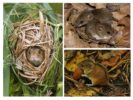


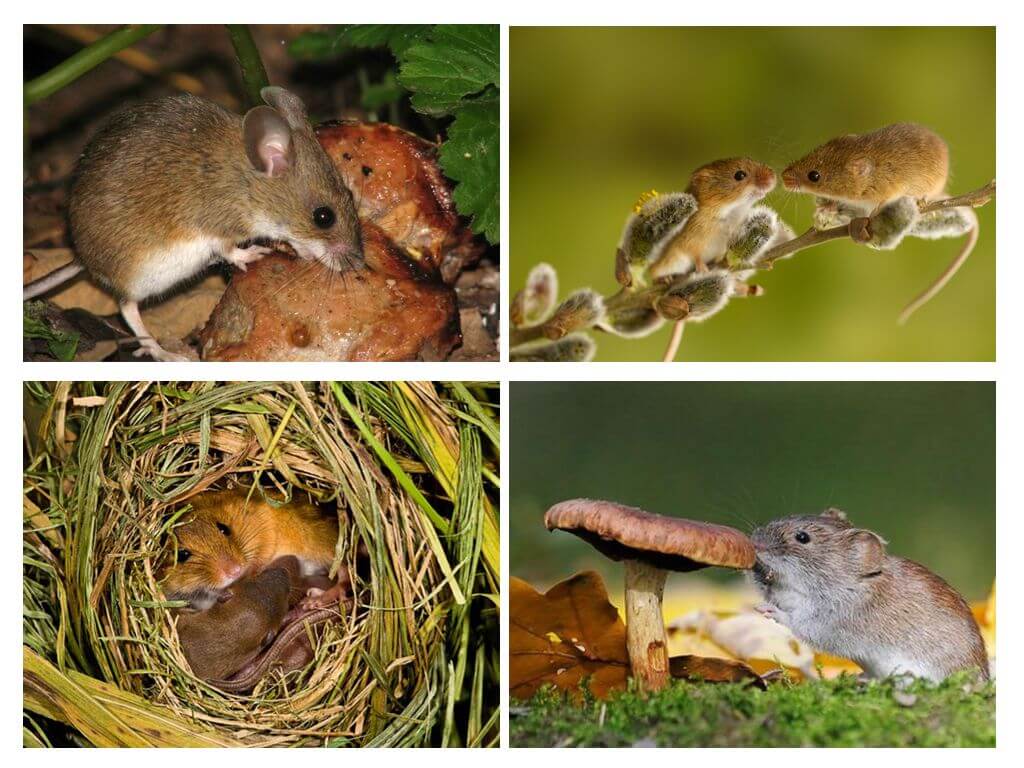
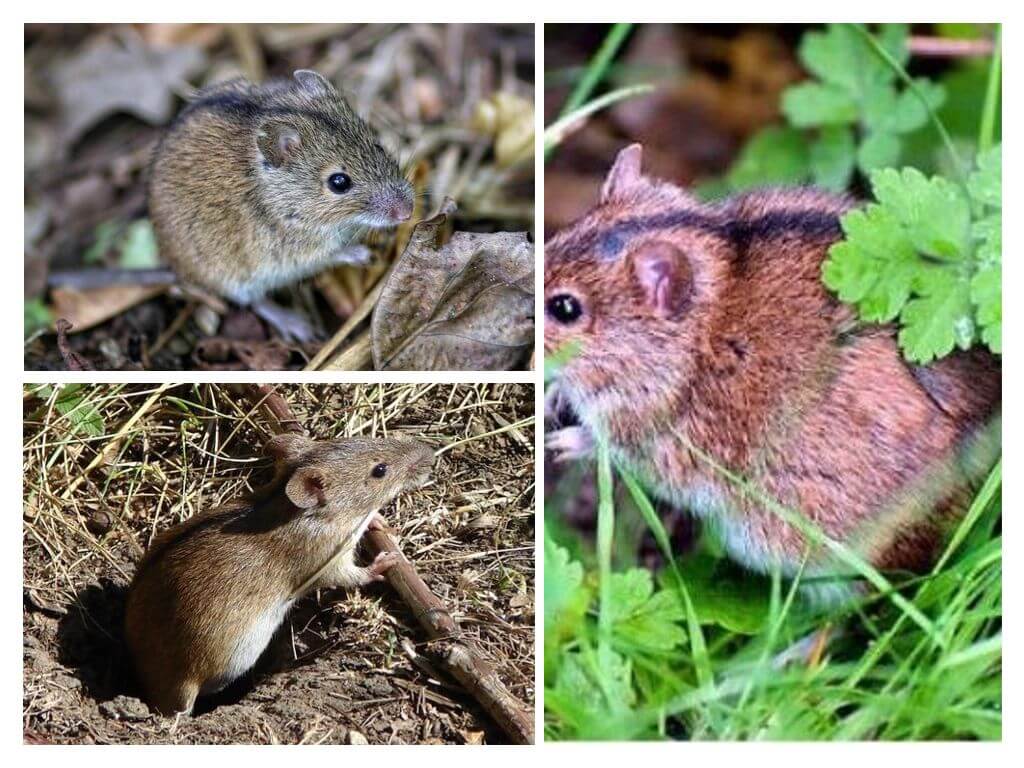
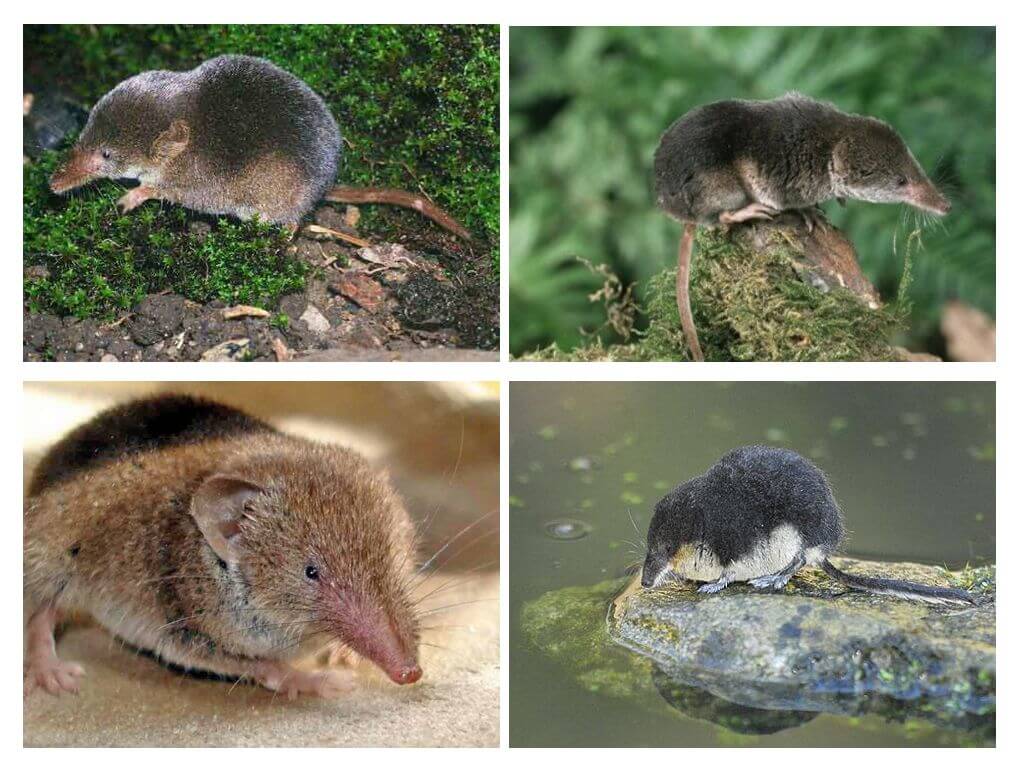

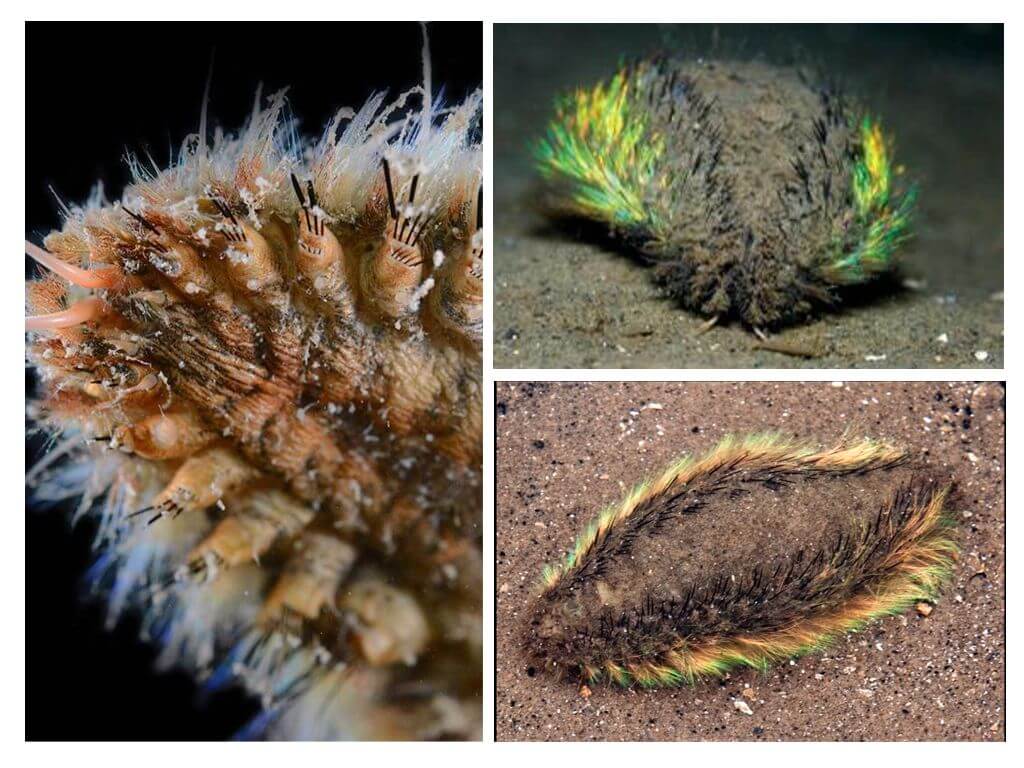
Thanks for the informative material. It turns out that mice are very interesting creatures. I didn’t even know that such rodents exist.
But is not a vole and a forest mouse one animal? I always thought that there are not so many species of these rodents.
Lena, there are a great many species of mice. Forest mouse is different from its counterparts. But, true, not all forest mice live in the forest. Some equip burrows among shrubs. And the color of the animals depends on the terrain in which they live.
They are interesting. I managed to somehow observe the forest mouse. She is small and nimble, jumping still funny.
I have a house near the forest. We like to relax there in summer and autumn. Once we arrived in the winter and it turned out that mice had settled in our place. I thought ordinary brownies climbed. After reading the article, I realized that they were forest mice.
A familiar problem. We have a summer cottage near the forest. Only when the cold sets in, sounds begin to be heard in the house - rattle and squeak. We set up mousetraps and lay out poisonous baits.
Interesting article.Recently I saw a forest mouse. Everyone wanted to understand what kind of beast it was. Now I know.
The material is useful. I am preparing a report on these animals. I learned a lot of interesting things for myself.
It seemed to me that the vole is both a house mouse and a forest mouse. I have never distinguished them. Now I kind of understood what differences there are between these types of honey.
I saw forest mice without a spot between their paws. It seems to be some kind of them. And the animals are interesting and funny.